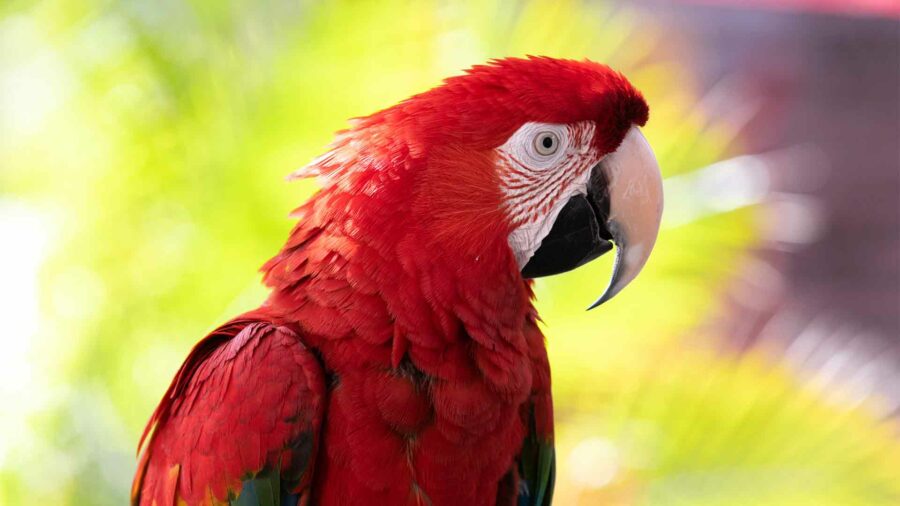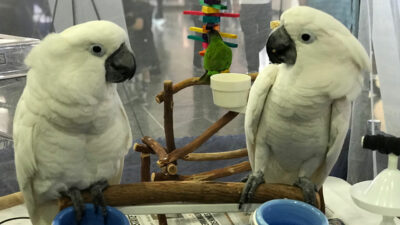
Taking Birds Outside
Can Pet Birds Be Taken Outside?
Pet birds have long been cherished companions in many households, admired for their beauty, intelligence, and often for their ability to mimic human speech. However, a common question may arise among bird owners who are seeking new ways of entertaining and interacting with their feathered friends: Can pet birds be taken outside?
While the idea of bringing your bird out to enjoy some fresh air and sunshine may seem exciting, it’s important to understand the various elements that could affect their health, safety, and behavior. Birds are incredibly sensitive to changes in their surroundings, and the outside world presents a drastically different environment compared to the controlled conditions of a home. Therefore, be sure to consider factors such as temperature, weather conditions, and potential predators, and start with short outdoor sessions in order to gradually get your bird acclimated. Read on for more key considerations and tips before heading outdoors with your bird.
Safety Measures When Taking Your Bird Outdoors
When taking your bird outside, one of the biggest concerns is the risk of escape. Even well-trained birds may fly away if they become startled or disoriented. To prevent this, it’s best to only take your bird outside in a cage or carrier or while using a harness and leash.
Harnesses are designed to allow birds to flap their wings, while restraining them from flying away. Not all birds will be accepting of a harness; if your bird seems to resist, you might try gradually introducing them to the harness by simply placing it near their cage at first, then gently touching them with it, and finally placing it on them. However, never force your bird to wear a harness, as the experience may become too stressful for them.
Even if your bird does wear a harness, it’s still crucial to watch them carefully at all times. Some birds may peck at the fastener and manage to free themselves, or they could try to fly and become dangerously entangled in the harness or leash. In addition, check your bird’s skin and feathers to ensure that the harness is not causing irritation.
Another option for taking your bird outside is to use a cage or carrier, which offers the benefits of added protection from predators and easier access to food and water. As with your bird’s primary cage, ensure that the cage you bring outdoors is large enough to allow them to fully extend and flap their wings, and verify that the latching mechanism closes securely.
Regardless of whether you opt for a cage or a harness and leash, there are some other essential safety considerations to keep in mind when taking your feathered friend outdoors.
Never leave your bird unattended
Even a brief moment alone may leave them vulnerable to predators, escape, or distress.
Avoid placing your bird in direct sunlight
Birds can quickly become overheated. While some exposure to sunlight can be beneficial for your bird—as with humans, vitamin D is essential for their health and well-being—it’s important to keep an eye on the temperature and weather conditions and watch for any indications that your bird is uncomfortable. Always make sure that they have access to shade and fresh water.
Ease into it
Start with spending just 5-10 minutes outside at a time. If your bird seems to enjoy it, gradually work up to longer sessions.
Taking your feathered friend outside can be a rewarding experience for both you and the bird, offering mental stimulation and potential health benefits. However, it requires some planning, key safety measures, and careful attention to your bird’s comfort. When in doubt, seek advice from your avian veterinarian—check out our locator tool to find a trusted vet in your area!





